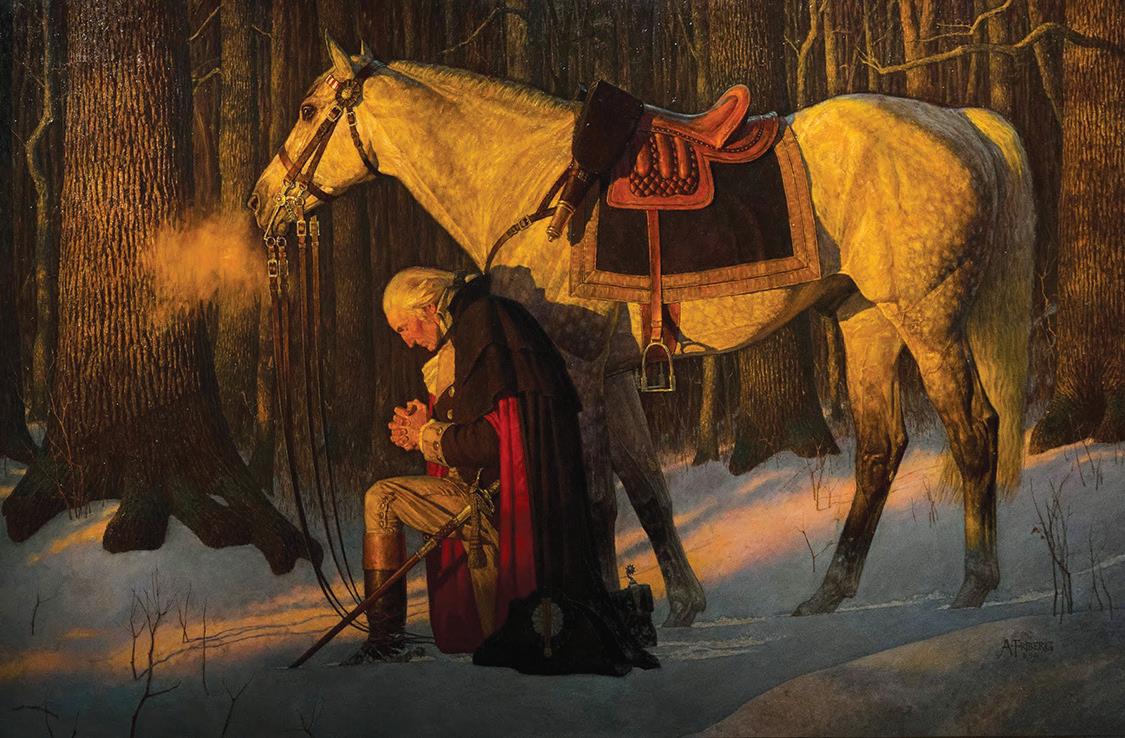
1 minute read
Combat at the "Speed of Spur": A.M. Foley
Combat at “The Speed of Spur”
by A.M. Foley
Might General George Washington’s victory have been preordained for success? How could his lucky stars align so precisely, and against all odds, despite his operating in the dark? Sixty years before the advent of telegraphy, when news traveled at a horse gallop, how could Washington endure such excruciating uncertainties? This article continues last month’s musings, inspired by Barbara Tuchman’s First Salute: A View of the American Revolution.
With no navy to call his own, Washington belatedly learned in successive years that French fleets, carrying sorely needed reinforcements and weaponry, had failed to reach their destinations, repelled by the British or stymied at Sandy Hook Bar from attacking their headquarters. After these disappointments, Washington described his army as “at the end of our tether . . . Now or never our deliverance must come.”
The third of these disappointments came on March 3, 1781, when the Marquis de Lafayette had 1,200










